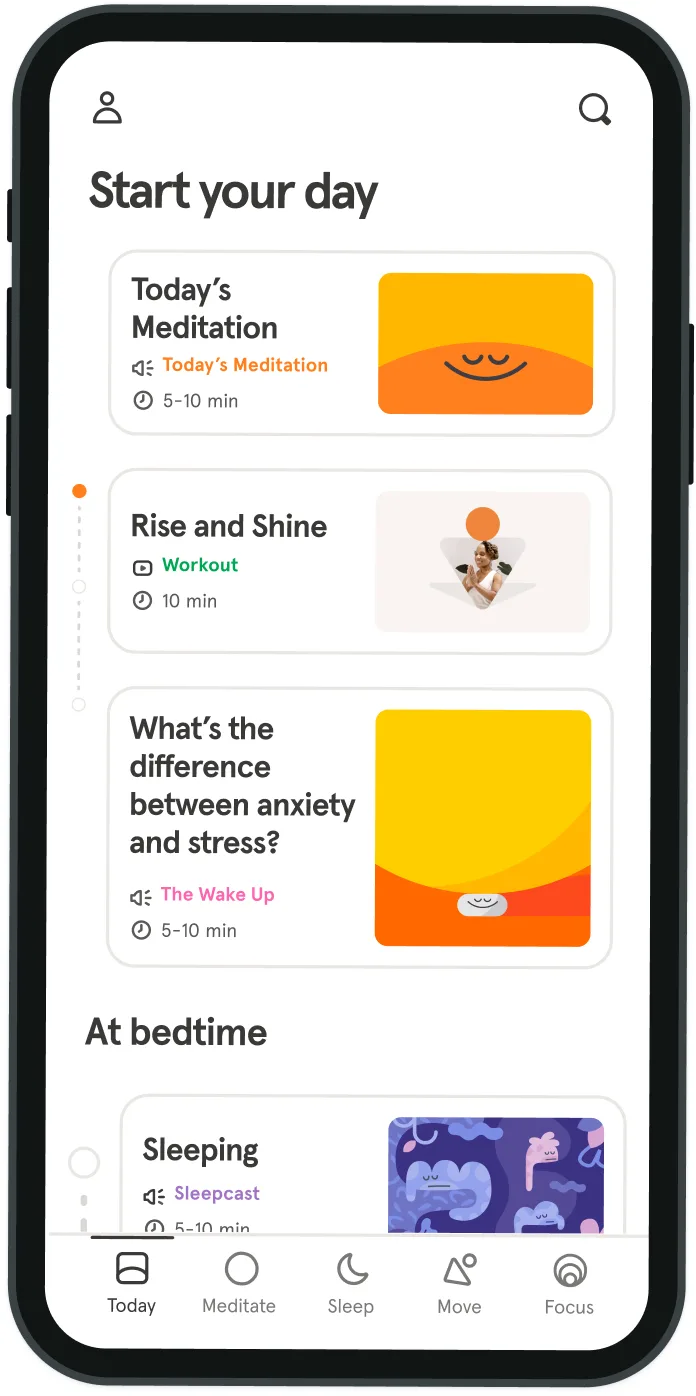Fresh out of ideas? “Brainwriting” might be just what you need.
Minimalism might still be having its moment in the sun. Sleek, white-walled homes permeate Pinterest, and simple, clean packaging (à la Apple) is on trend. But I prefer a slightly tweaked approach, what author Greg McKeown calls essentialism.
“The way of the Essentialist means living by design, not by default,” writes McKeown in “Essentialism: The Disciplined Pursuit of Less”. “Instead of making choices reactively, the Essentialist deliberately distinguishes the vital few from the trivial many, eliminates the nonessentials, and then removes obstacles so the essential things have clear, smooth passage.”
The specificity of essentialism matters: it’s not simply about having less, it's about keeping what feels important. For some, artwork hung on the wall or toys on a desk can be important sparks for creativity. An essentialist focuses on creating as little friction as possible between getting an idea and recording it; working this way can help you have more epiphanies. Essentially, we can create space for brainwriting rather than for brainstorming. Brainwriting is a method popularized in the 1960s by German marketer Bernd Rohrbach that boils down to constraining oneself to a time limit and generating a large number of ideas during that timeframe. Or you can use brainwriting as a guideline to write down as many ideas you can—good or bad—on an ongoing basis. Here’s how I do it:
Go it alone.
You may not think you’re an “idea person,” but perhaps that’s because you’ve often been asked to brainstorm in a setting where others chime in. Studies show that individuals can be more productive at generating ideas than in a group, so if you’ve never tried this, just know you might be more creative than you think.
Work with whatever tools are most convenient and accessible to you.
I prefer a Notes app, even over a notebook, and here’s why: it keeps me from being biased toward the first idea I wrote or one with the best visual aid. I can freely move ideas around, edit them, or place them elsewhere without much thought.
File away ideas you don’t need right now.
The better ones will surface later, ideally even better and more fully-formed. If an idea, even a great one, doesn’t work during a particular moment in time, don't get stuck. You may devote more energy toward workshopping one idea than discovering an even better idea right around the corner.
Embrace the occasional distraction.
Content strategist Cassie Marketos points out that the hours around the blank page matter, too. I agree; sometimes “doing nothing” is crucial—to making new connections and having unique experiences when we break from routine.
Think in fragments.
Simplify ideas to their smallest element. An idea that feels complicated can overwhelm us if we don’t know where to begin. As dancer and author Twyla Tharp advises in “The Creative Habit: Learn It and Use It for Life”, “Remember this when you’re struggling for a big idea. You’re much better off scratching for a small one.” She continues, “You don’t really have a workable idea until you combine two ideas.”
Separate your idea brain from your editor brain.
Write down anything that inspires you and wait until later to decide what's worth keeping. What may first seem like a bad idea might be a piece to a better idea. Although I started this practice subconsciously, I soon began applying it more deliberately to my everyday work. And as someone who tries to practice essentialism, I feel obligated to say: the point isn’t to draw up a single playbook, but instead to take the structure of a simplified process and apply it to your own life. What’s essential for me may not be essential for you, and that’s fine. Clarifying what matters is central to the process.
Working this way can help you have more epiphanies.
Andy Newman


Be kind to your mind
- Access the full library of 500+ meditations on everything from stress, to resilience, to compassion
- Put your mind to bed with sleep sounds, music, and wind-down exercises
- Make mindfulness a part of your daily routine with tension-releasing workouts, relaxing yoga, Focus music playlists, and more
Meditation and mindfulness for any mind, any mood, any goal
- © 2024 Headspace Inc.
- Terms & conditions
- Privacy policy
- Consumer Health Data
- Your privacy choices
- CA Privacy Notice
